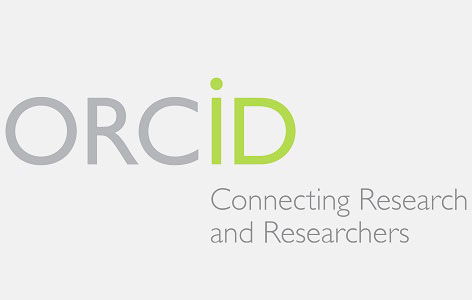
By: Tyler Saumur, ORT Times Writer
Go on a random computer (or use an internet browser that does not track your data) and google yourself. What comes up? More importantly, who comes up? Is it you? Are the search results current? Or, do they link to ancient data about you, such as your standings from high school track-and-field meets?
Managing an online presence that reflects your true self and is desirable among employers is a critical and often overlooked skill. Following the steps below can help you acheive both.
Step One: Distinguishing Yourself
The first thing to consider when creating an online presence is your name. If there is another Joan Smith that works in your field or in the same city, how can you distinguish yourself? One of the simplest ways to do so, especially for publications, is to always include your middle name or middle initial. While this does not always solve the problem, it will help search engines and databases correctly auto-index your work.
Step Two: Creating a Strong Online Presence
Once your ‘name’ has been decided, the next step is to create a strong online presence. Do you use platforms such as ResearchGate (link is external), Google Scholar (link is external), LinkedIn (link is external), Scopus (link is external) and Twitter (visit the links for tips, and pros and cons for each platform)? Some profiles require minimal work such as ResearchGate, Google Scholar and Scopus, which often auto-index most of your works. Other platforms like LinkedIn and Twitter require more upkeep, but are useful for networking, job searching, and staying up-to-date on news and research.
Step Three: ORCID – Forming a Unified Image
It can be difficult to keep track of all of your profiles and the data associated with them. More importantly, it can be difficult for potential employers or colleagues to know which platforms you are active on or update more frequently.
An Open Researcher and Contributor ID (ORCID) profile can help solve these problems by acting as a hub for all of your online profiles. Your ORCID is a unique digital identification code that you can use to tag your scholarly works, funding and web pages.
The advantage of ORCID is that it interfaces with many of the above-mentioned platforms. You can import your publications from online databases, such as Scopus (link is external), Mendeley (link is external), ResearcherID (link is external) and Loop (link is external). By having ORCID do the work for you in terms of auto-updating information, it provides a timely unified image of your work as a researcher. This is especially valuable for award applications, which are often subject to page limitations. Simply linking your ORCID to your scholarship application enables you to effectively showcase your work without consuming space.
To ensure that all future publications are indexed correctly and are allocated to you, many journals now require (link is external) that you attach your ORCID to your manuscript submission. Having an ORCID not only helps differentiate you from similarly named researchers, but also creates a one-stop shop for viewing your research activity. Job prospects are able to view your work in an integrated manner and select what dimensions of you they want to review. A few examples of effective ORCIDs used by UHN scientists can be found here and here. In an ever-changing online landscape, it can be difficult to decide which platforms are worthwhile to invest your time in. With increasing buy-in from organizations and publishers, it looks like ORCID is here to stay.
A special mention to the UHN’s StRIDe team for their assistance with this article.
For ORCID related support, please contact ORCID@uhnresearch.ca.




